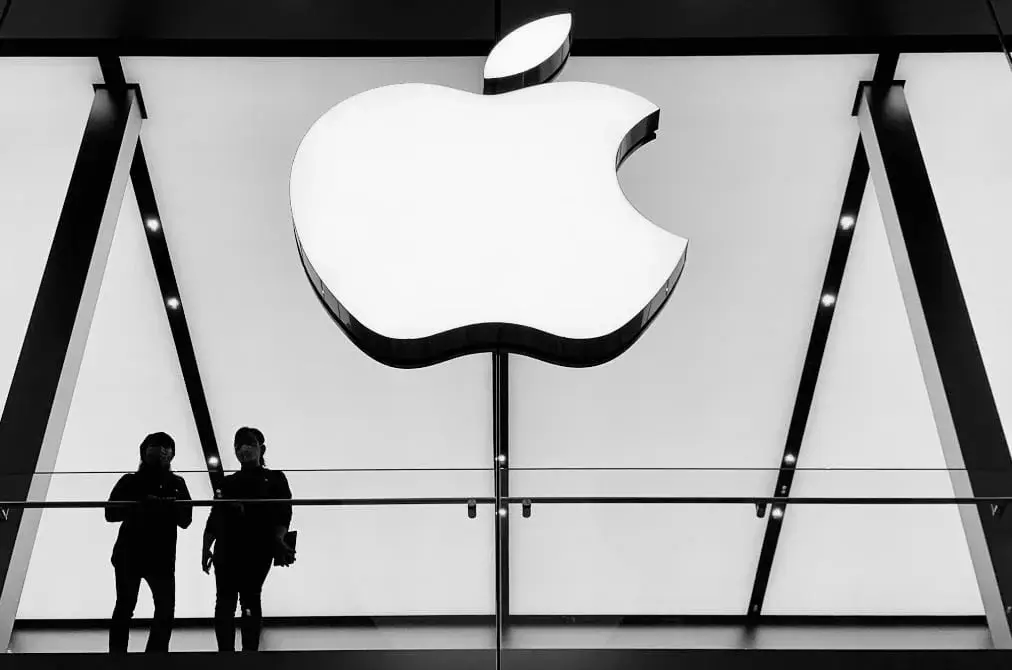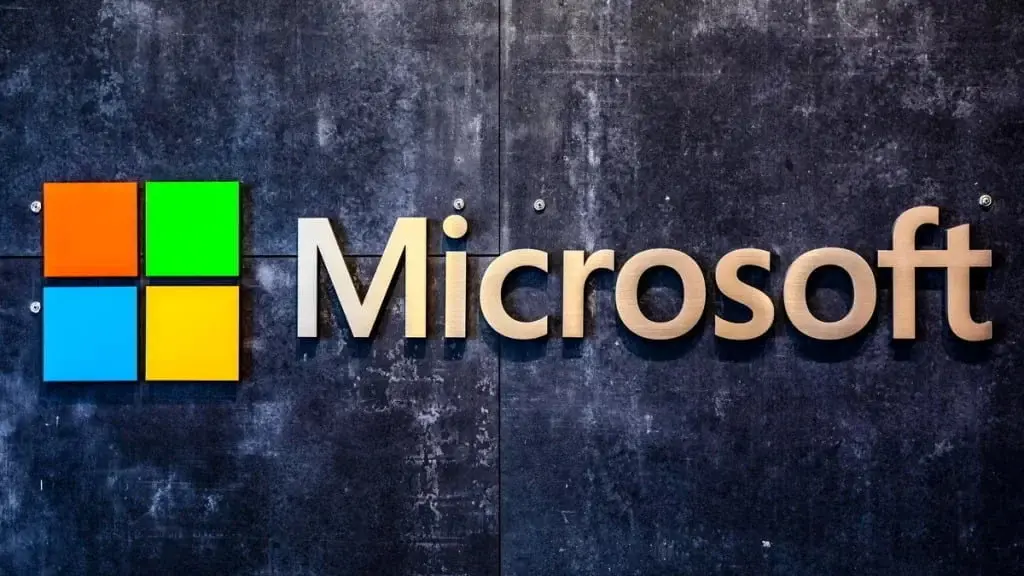Key Takeaways
1. Supermassive Games is laying off 36 employees as part of a restructuring due to challenges in the gaming industry.
2. The release of their new game, Directive 8020, has been delayed from October 2, 2025, to the first half of 2026.
3. Directive 8020 is the fifth installment in the Dark Pictures Anthology series, featuring a sci-fi horror story with multiple paths and time-rewinding mechanics.
4. Other upcoming game, Little Nightmares III, will not be affected by the layoffs and is still set to release on October 10, 2025.
5. The gaming industry has faced significant layoffs, with over 10,000 job losses in 2024, driven by rising development costs and shifts in market demand.
Supermassive Games, a studio from the UK well-known for its horror narratives like The Quarry and Until Dawn, has revealed that it will be laying off 36 employees as part of a restructuring effort due to ongoing challenges in the gaming industry.
Project Delays
The studio had been developing a new game called Directive 8020, which was expected to launch on October 2, 2025. However, this release has now been pushed back to the first half of 2026. The announcement was shared on Supermassive Games’ official X account on July 22, 2025, where they expressed their sadness about the layoffs.
The studio emphasized that these layoffs were a difficult choice and they are trying to help the affected employees during this tough time. They also mentioned that they appreciate the positive feedback regarding Directive 8020 and believe that this delay will lead to a better experience for the fans who are willing to wait.
Game Features
Directive 8020 was first unveiled at Gamescom 2024 and is the fifth installment in the Dark Pictures Anthology series by Supermassive Games. In this new title, the studio aims to tell a sci-fi horror story with multiple paths featuring five playable characters. Players will have the ability to use “Turning Points” to rewind time at crucial moments that can change the direction of the game.
Additionally, Supermassive Games confirmed that their other anticipated game, Little Nightmares III, which is due to come out on October 10, 2025, will not be affected by these layoffs.
Industry Trends
This isn’t the first instance of job cuts at the studio. Back in February 2024, they had already reduced their workforce to only a third of its previous size.
The gaming sector has seen a wave of layoffs in recent times, with over 10,000 jobs lost in just 2024 alone. Factors like increasing development costs and significant shifts in market demand have contributed to this trend, and the recent layoffs at Supermassive Games reflect these broader changes in the industry.
Source:
Link







